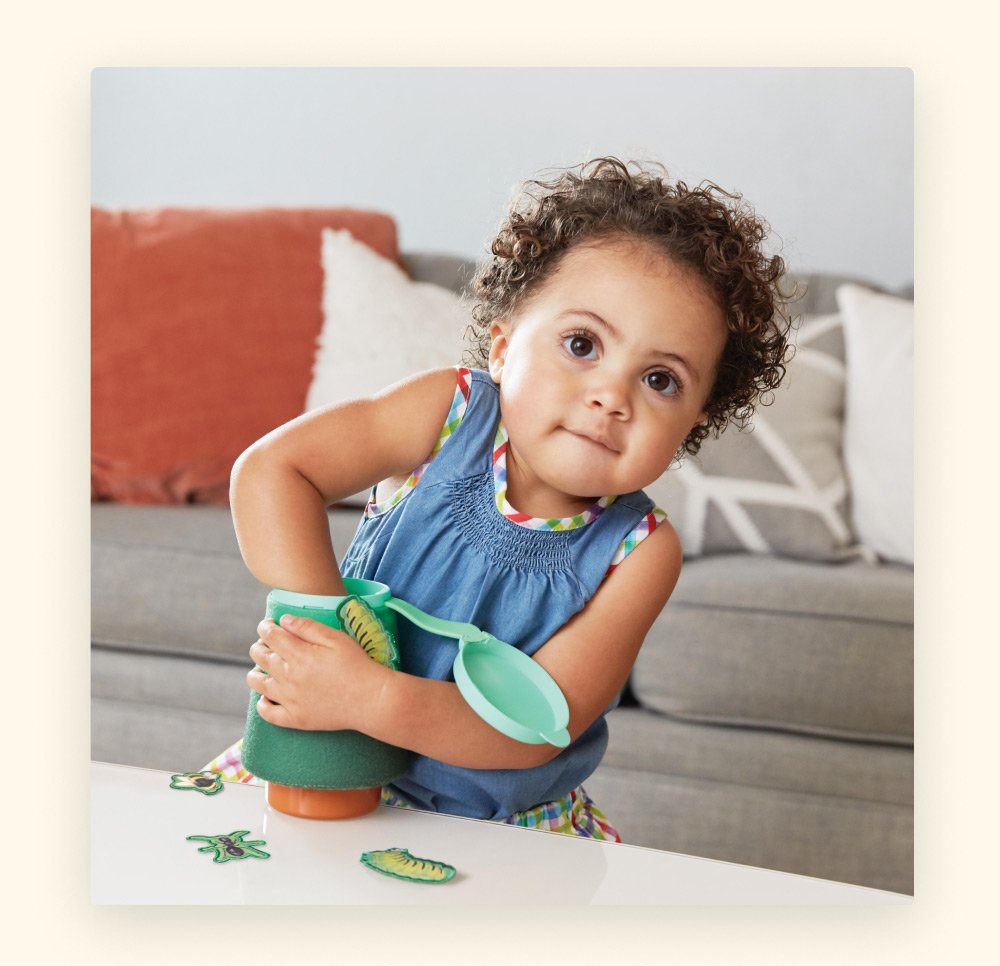How to ease your separation anxiety

Saying goodbye to your toddler isn’t always easy, whether you’re leaving them at daycare, running an errand, or going out with friends ❤️
We often think about separation anxiety as something that happens to young children, but it affects parents and caregivers, too. You may feel sad, guilty, lonely, or worried about leaving your child with someone else, including your partner. Research suggests that many factors, including your own upbringing, your toddler’s temperament, and your state of mind, can affect how you feel when separating from your child.
4 tips to help you deal with your separation anxiety
1. Remind yourself that separation can be good for both of you. Leaving your toddler may feel unsettling, but short periods of separation give you both time to reset and have new experiences—and helps you practice for longer periods of separation down the road. Building relationships with other trusted caregivers also supports your toddler’s healthy social-emotional development.
2. Have your toddler show a new caregiver how things work. It can be difficult to leave your child with someone else, especially if you don’t know them well. Taking time to build trust before you leave can help you and your toddler both feel better. Involve your child in a house tour and review of your toddler’s routines for bedtime, meals, etc. Ask your toddler to show their new caregiver where to find their toothbrush, crib, light switch, favorite stuffed animal, and other important items. When dropping your toddler at daycare for the first time, talk to your toddler’s new caregivers about the things that matter to you and the routines and activities your toddler is used to at home.
3. Keep your goodbye routine consistent. Create a brief, loving parting routine and try to stick to it every time. Keeping the same routine can be reassuring and helps you and your toddler know what to expect. You might give your toddler a hug or kiss, tell them you love them, and say when you’ll see them again. Healthy, calm separations build trust and security in your relationship.
4. Remember that reunions are a part of separation. No matter how long you’ve been apart, reuniting with your toddler can arouse as many emotions as the separation. Your toddler may cry, act distant, or be mad at you, and their reaction can be unsettling or confusing. For consistency, you can create a reunion routine as well—you could open up your arms for a hug and say, “I’m so happy to see you again!”. Both of you will benefit from reconnecting, and those feelings of reconnection can help ease your separation anxiety the next time you need to leave.
Note: If your separation anxiety feels overwhelming or makes it difficult to function, reach out to a trusted friend, family member, or health care provider for support.
Learn more about the research
Hock, E., & Schirtzinger, M. B. (1992). Maternal separation anxiety: Its developmental course and relation to maternal mental health. Child Development, 63(1), 93-102.
Hsu, H. C. (2004). Antecedents and consequences of separation anxiety in first-time mothers: infant, mother, and social-contextual characteristics. Infant Behavior and Development, 27(2), 113-133.
Keep reading

19 - 21 Months
Introducing the Wheel Around Town Bus—the newest addition to The Realist Play Kit
Built for the way toddlers play, the Wheel Around Town Bus in The Realist Play Kit taps into your toddler's emerging skills.

19 - 21 Months
22 - 24 Months
Toddler potty training: setting the stage
Learn nine ways to help your toddler get comfortable with the toilet and noticing their body's signals.

19 - 21 Months
22 - 24 Months
Choosing the right potty for your toddler: potty chair vs. potty seat
Your child can potty train using a floor potty or a seat that fits on a regular toilet. Learn the pros and cons of each style.

